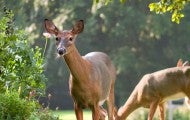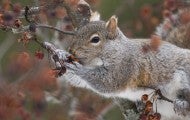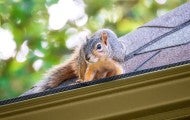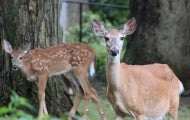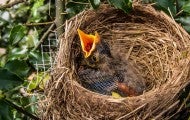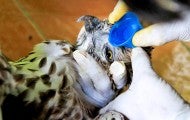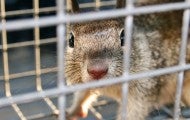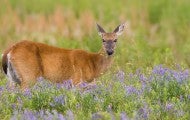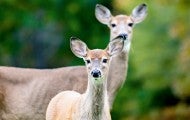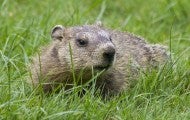Every day, more and more wildlife habitat is lost to the spread of development. Give a little back by building your own humane backyard! It doesn't matter whether you have a small apartment balcony, a townhouse with a sliver of ground, a suburban yard, a sprawling corporate property or a community...
For seven years, Kali Pereira of the Humane Society of the United States crept up on deer in the steep, tight, wooded neighborhoods of Hastings-on-Hudson, north of New York City. In and around the small yards of the densely populated village. Watching for dogs—some leashed, others running loose in...
A raccoon in the chimney, a groundhog under the shed, a skunk under the back porch … when confronted with wildlife living up-close in their own homes or backyards, well-meaning but harried homeowners often resort to what they see as the most humane solution—live-trapping the animal and then setting...
